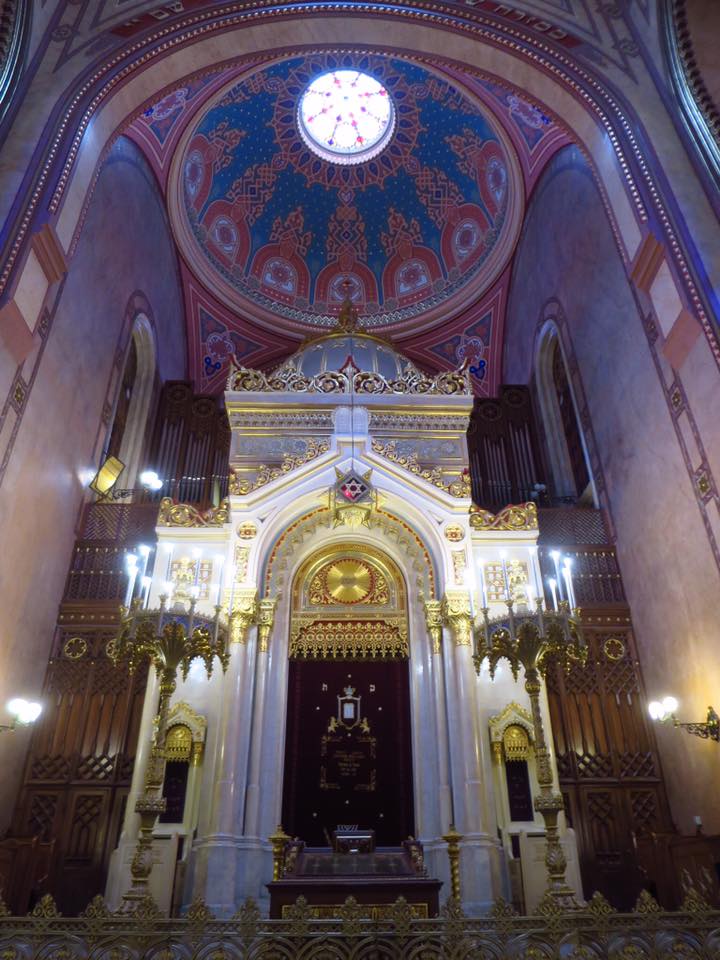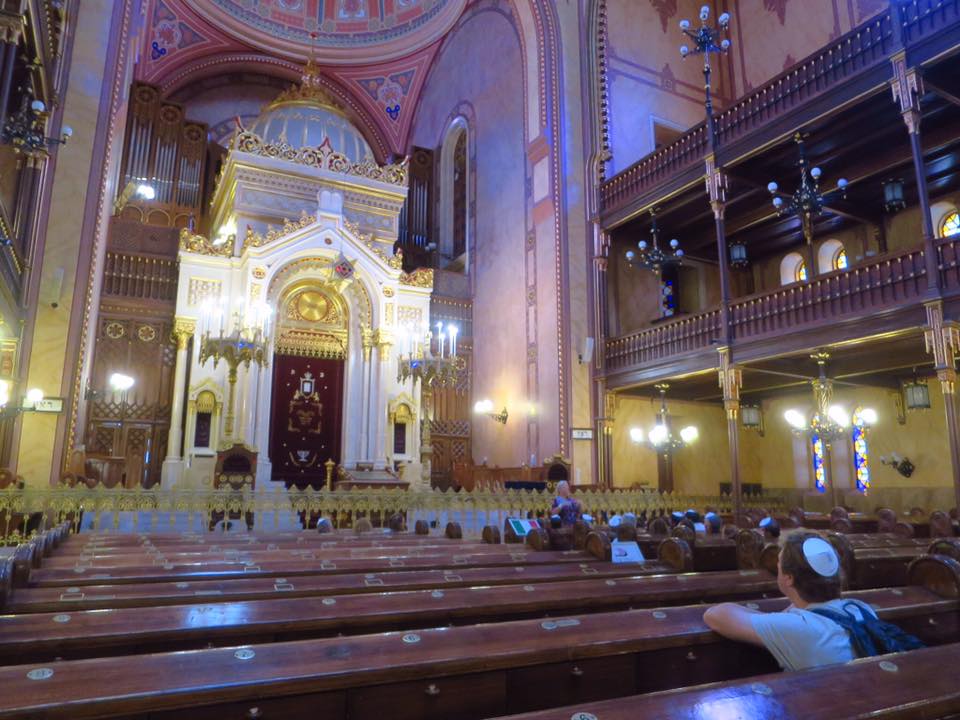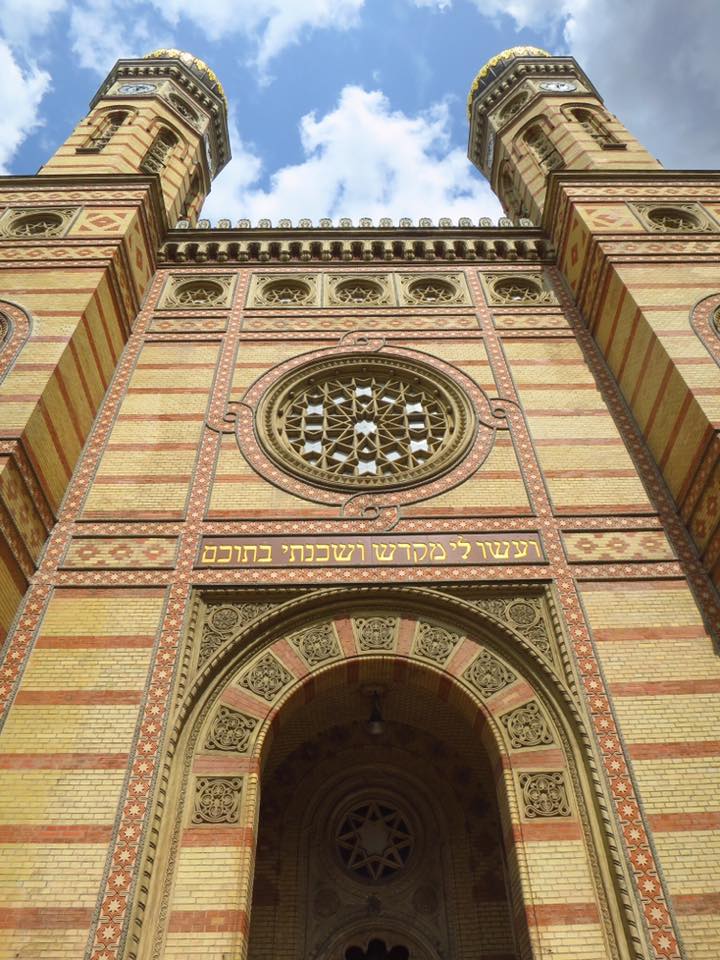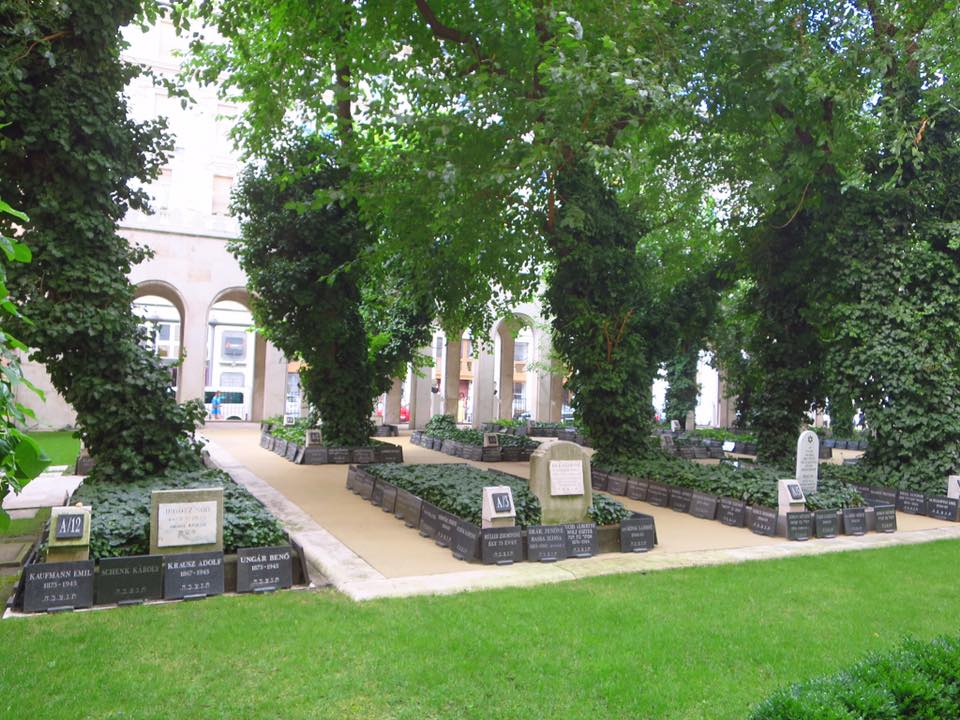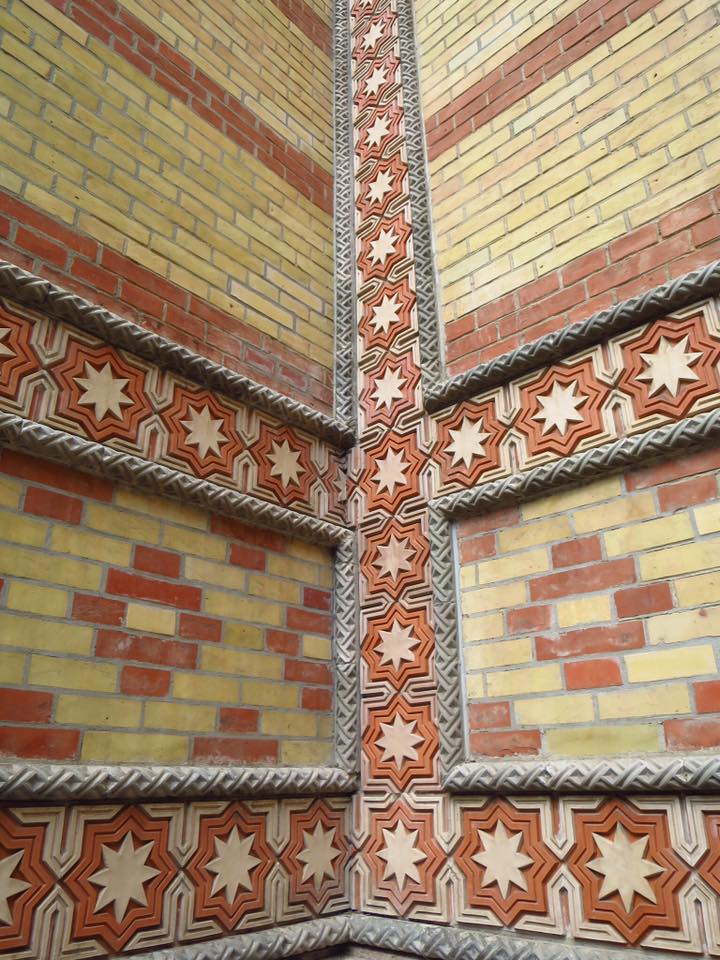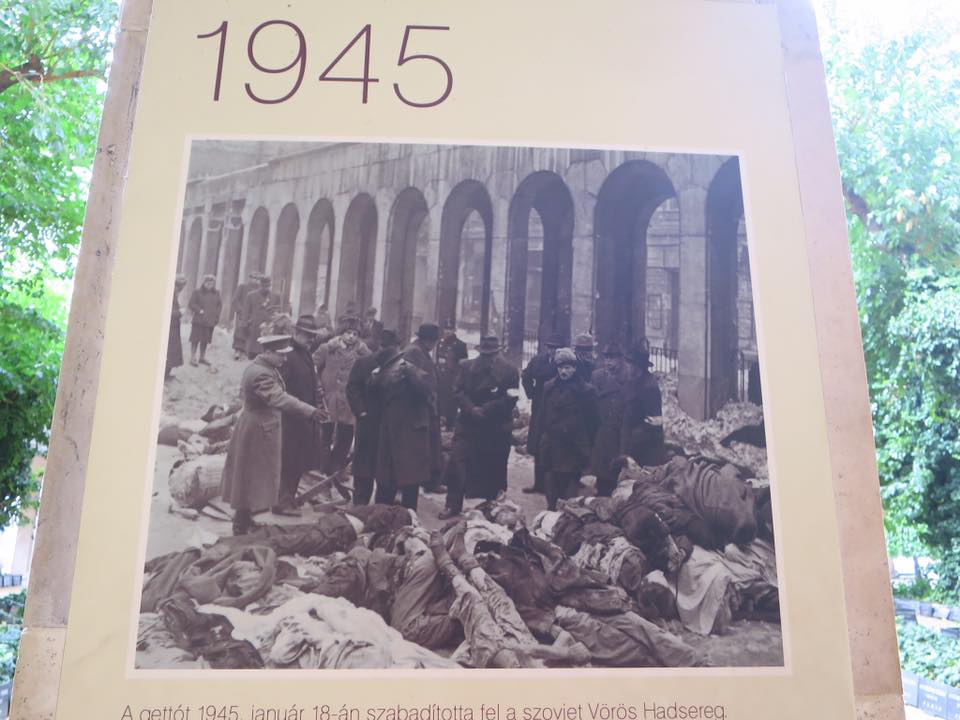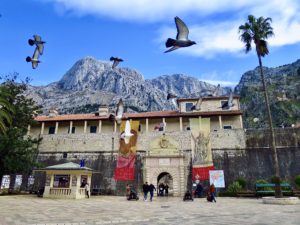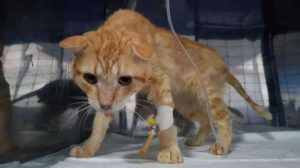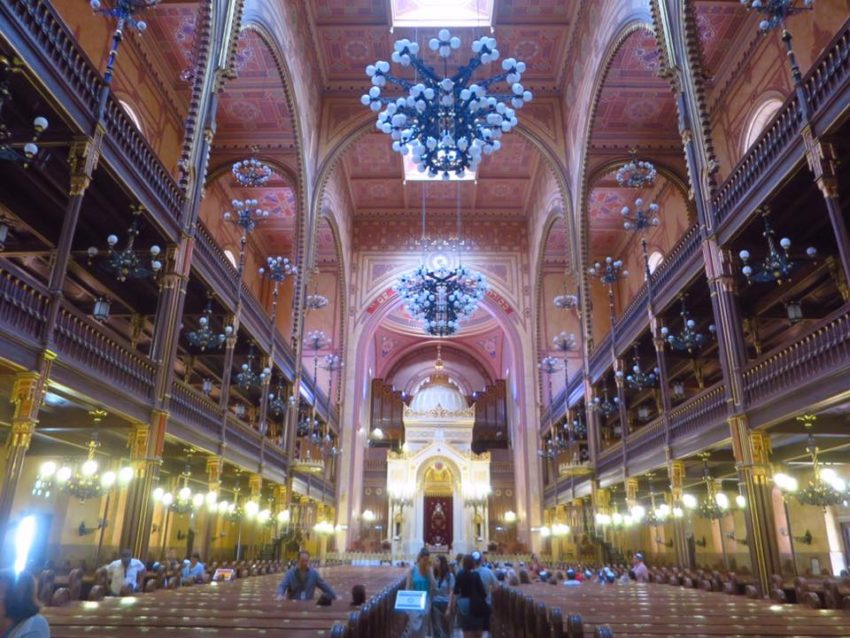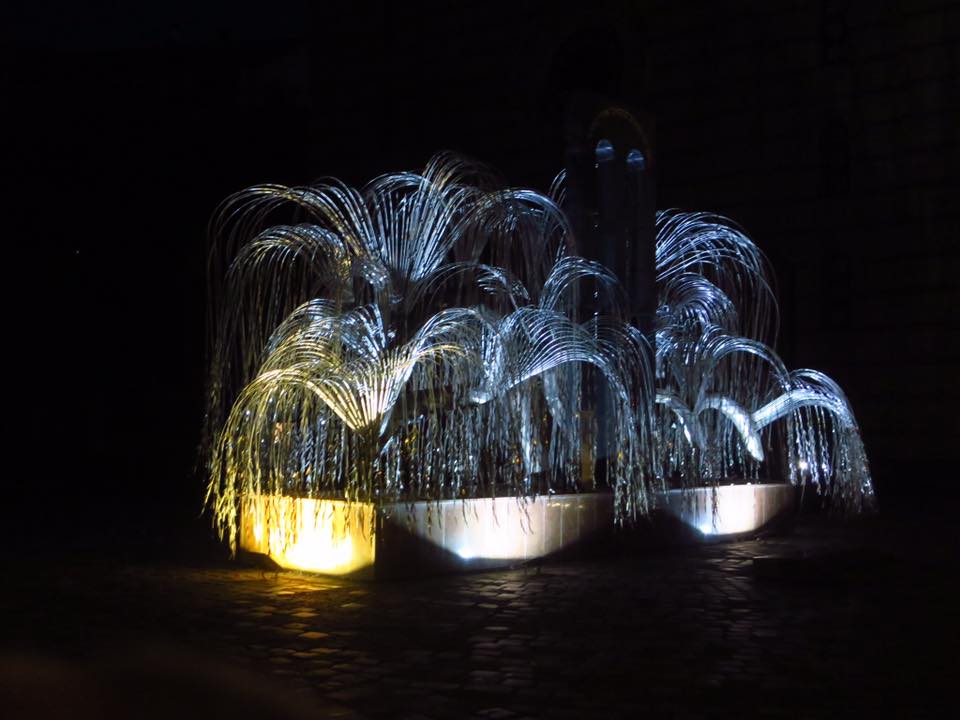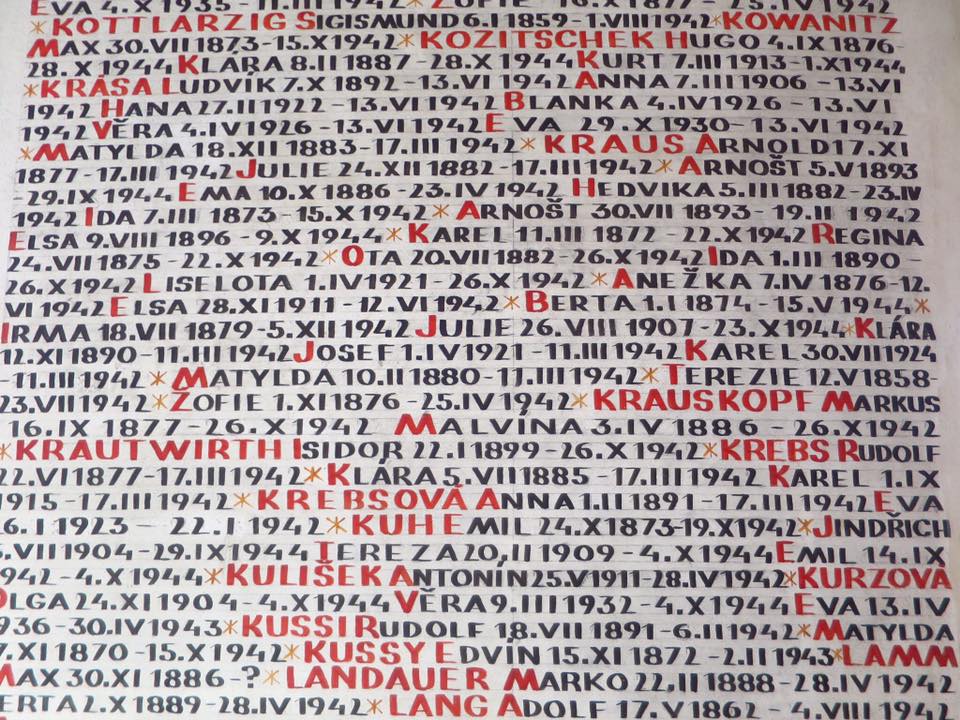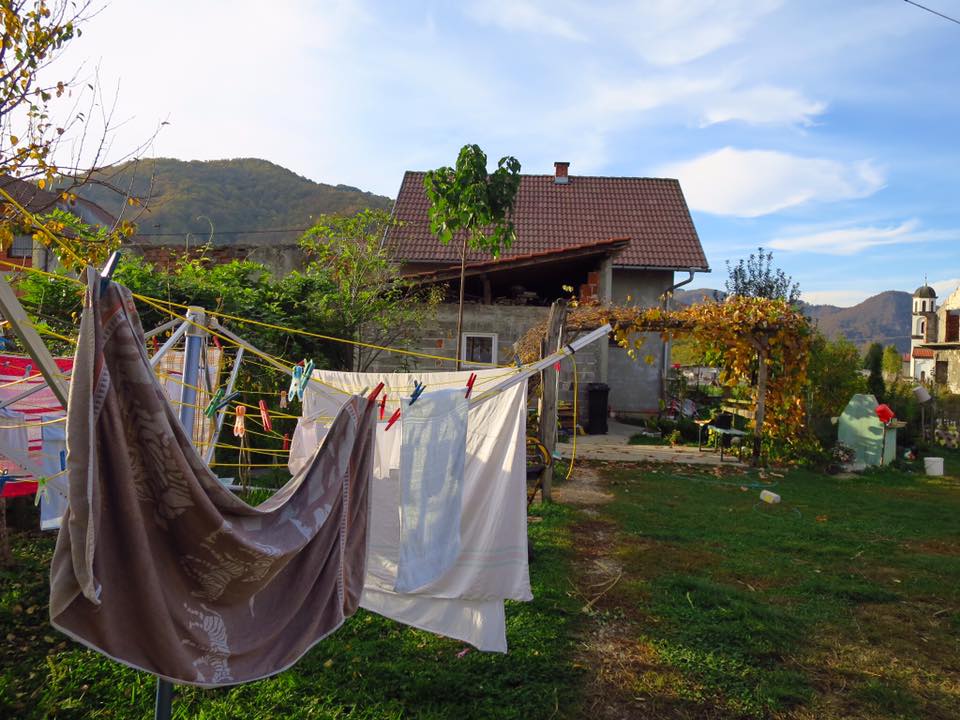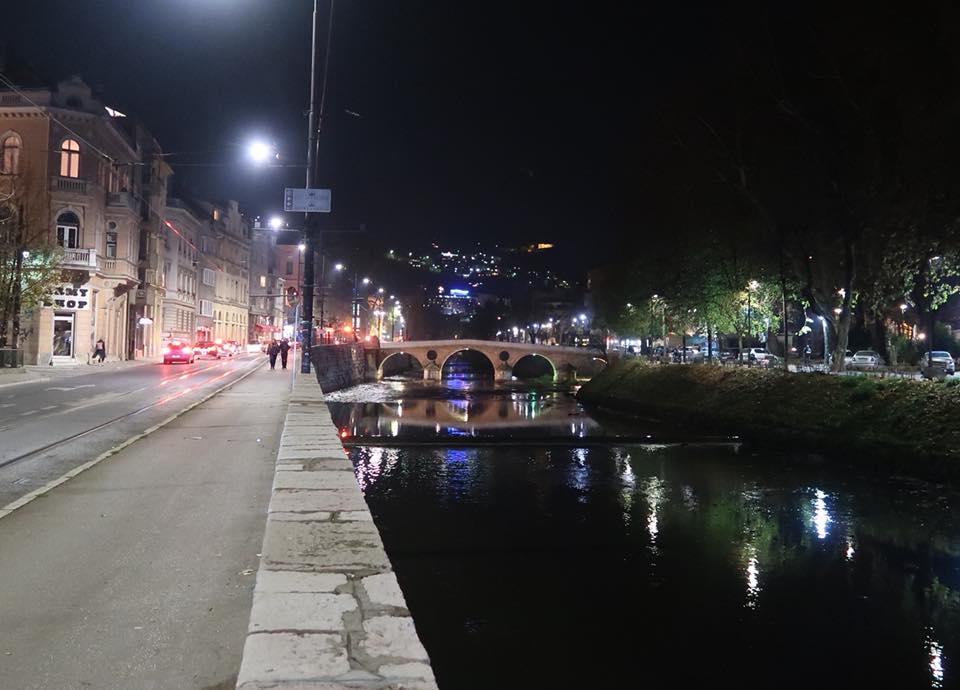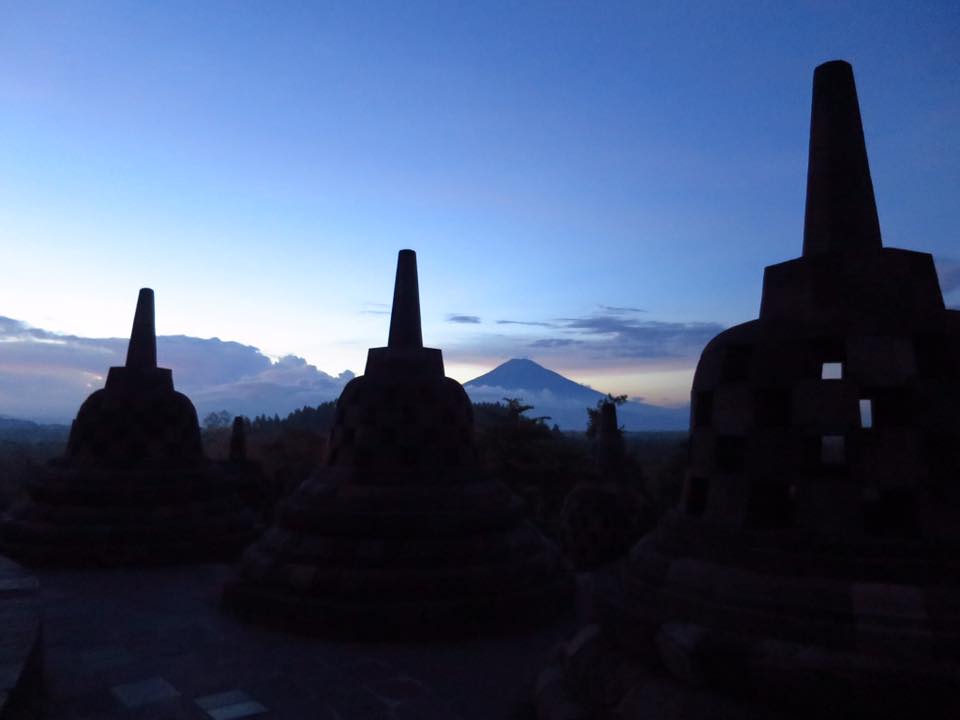On our second attempt, we managed to join a free guided tour at The Dohány Street Synagogue (The Great Synagogue) in Budapest, Hungary. It is the largest synagogue in Europe, and the second largest in the world. By the time we found the section of the pews for the English tour, we had missed about ten minutes. I considered leaving this group to join the next one, but our guide, a young man in his early 20s, was really captivating.
We didn’t get his name. He said the synagogue was not supposed to have a cemetery, but when Budapest was liberated in early 1945, those who survived had to bury the piles of bodies on the streets. When it was clear that Hitler was losing, the Nazis sped up the killings of Jews. Jewish prisoners were killed locally instead of being transported by cattle train to death camps because the killing capacity at the camps was already maxed out; about 6,000 prisoners were gassed per day in Auschwitz.
The winter of 1944-45 was especially cold, so the Hungarian fascist party, the Arrow Cross Party (that was cooperating with the Nazis) left the bodies on the streets. Of the 2,000 bodies, 1,200 were buried in the newly created cemetery in the synagogue garden. Many bodies were not identified. Tombstones for those identified list the name, and year of birth and of death. Since the piles of bodies were a few months old, some tombstones simply have “1944/45” etched.
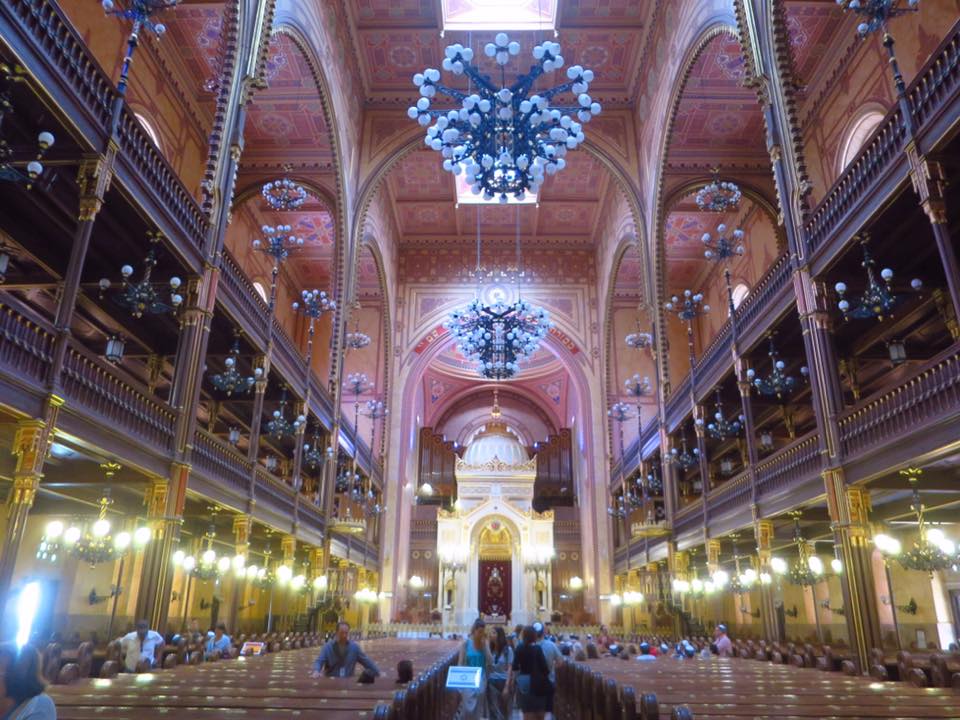
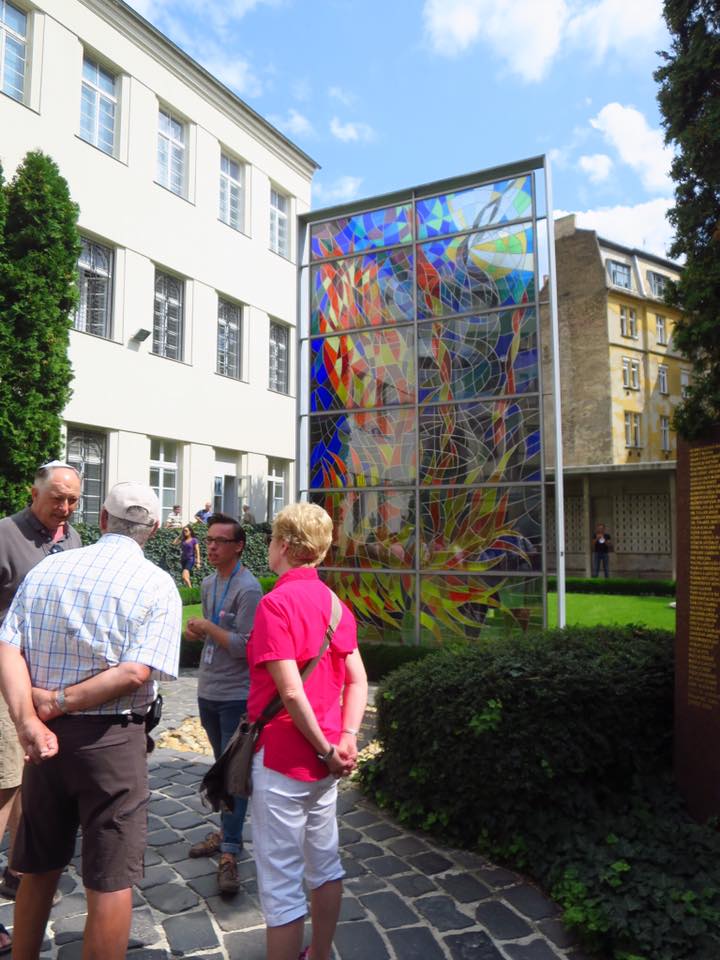
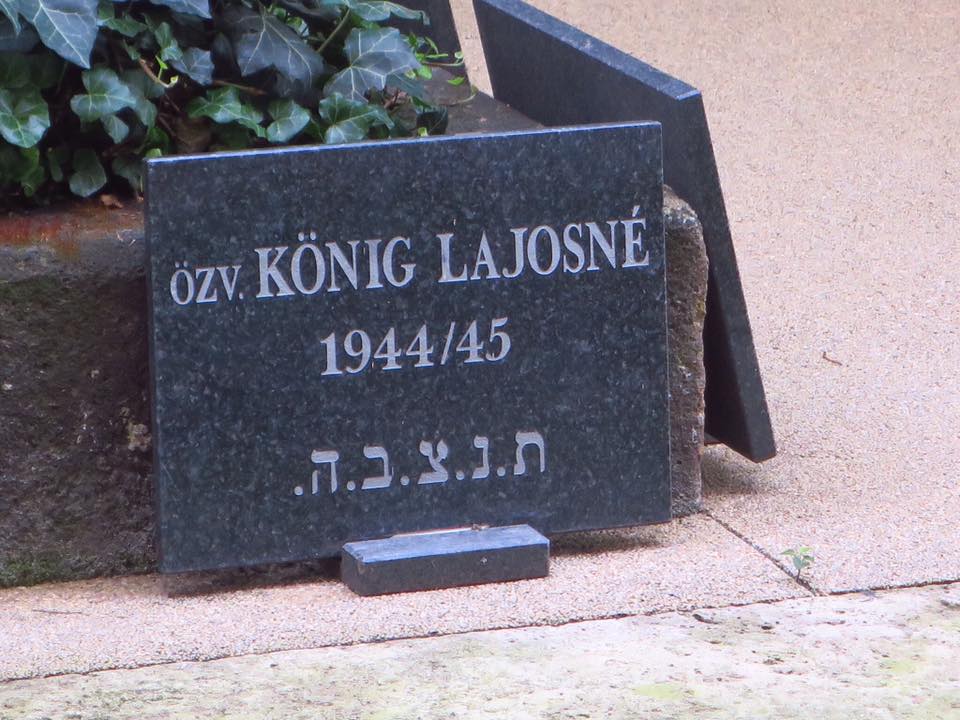
He Didn’t Know He Was Jewish
After the war, our guide’s grandfather burnt all the family’s papers in order to hide their Jewish identity to protect the few that survived. Our guide only found out he is Jewish at 15. Since then, he has worked hard to learn about Judaism and the history of the Jewish people. Since he doesn’t have documents to show he’s Jewish, he doesn’t qualify for the Birthright Israel trip. It is a free ten-day heritage trip to Israel for Jews between 18 and 26 from around the world sponsored by a not-for-profit organization. He’s saving for that trip.
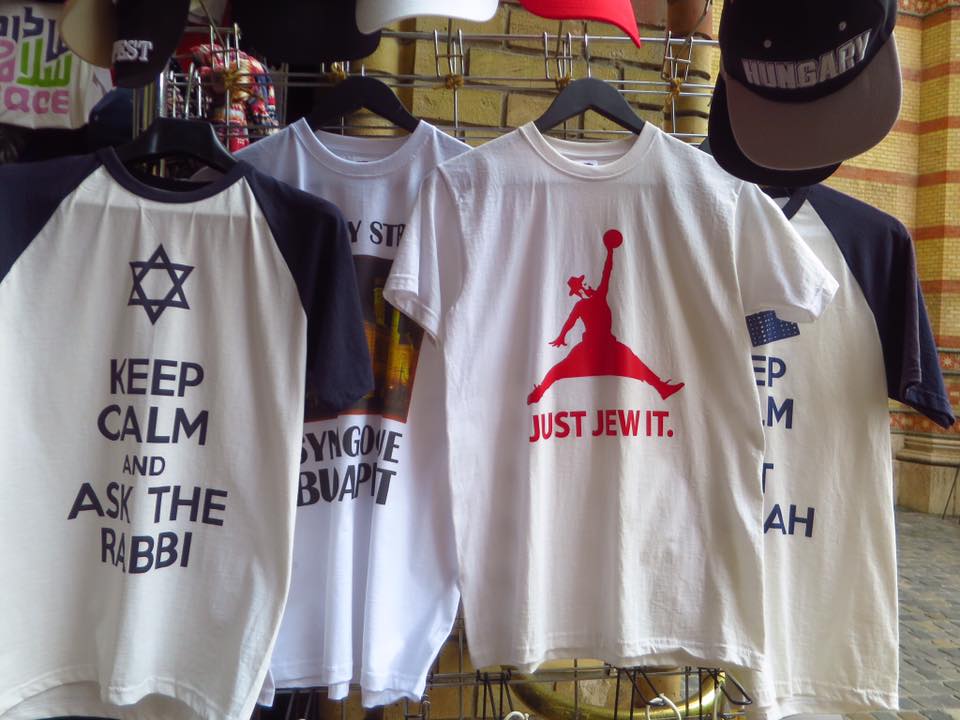
Happy Rosh Hashanah
He really left an impression. He was informative and lighthearted when talking about the architecture; passionate when talking about the Holocaust; and inspiring when sharing his personal stories. I wanted to chip in to help fund his trip, but it just didn’t seem appropriate to tip after such a somber tour at a house of worship.
We later saw him walking into the back office with a sandwich; it was lunchtime. He thanked us again for visiting. When we were eating lunch across the street, he appeared just a few feet away fetching his bicycle. He bid us good day, and we thanked him again.
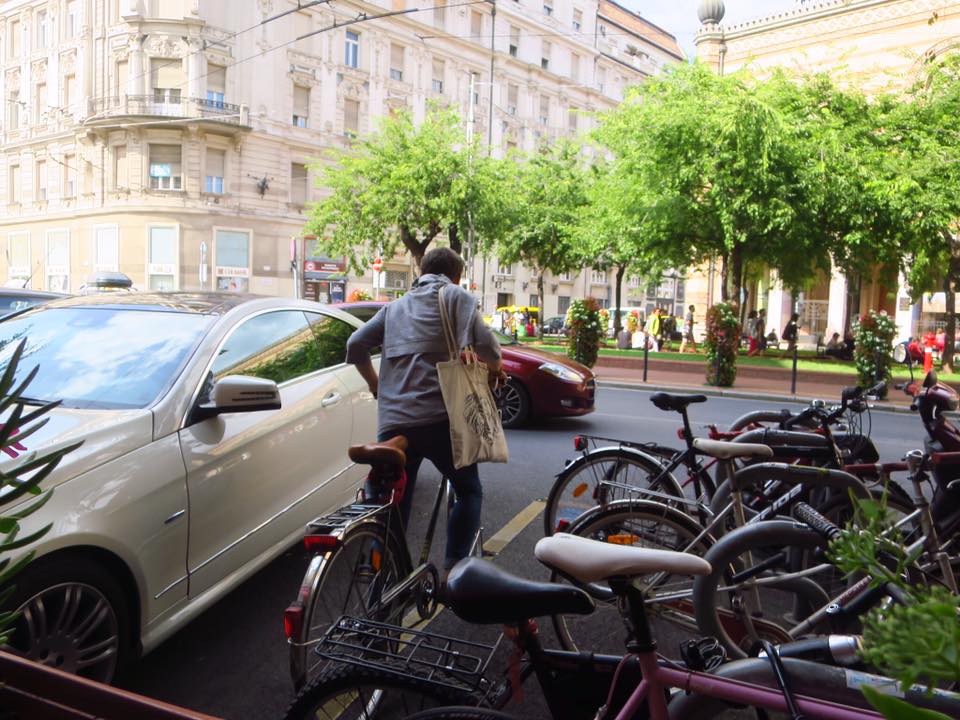
After missing so many Rosh Hashanahs as a child, we hope this Rosh Hashanah is an especially meaningful and happy one for him, and we hope he has saved enough for the trip. To all who celebrate, Kenric and I wish you a Happy and Healthy New Year!
